Sightseeing Spots
Search Results306
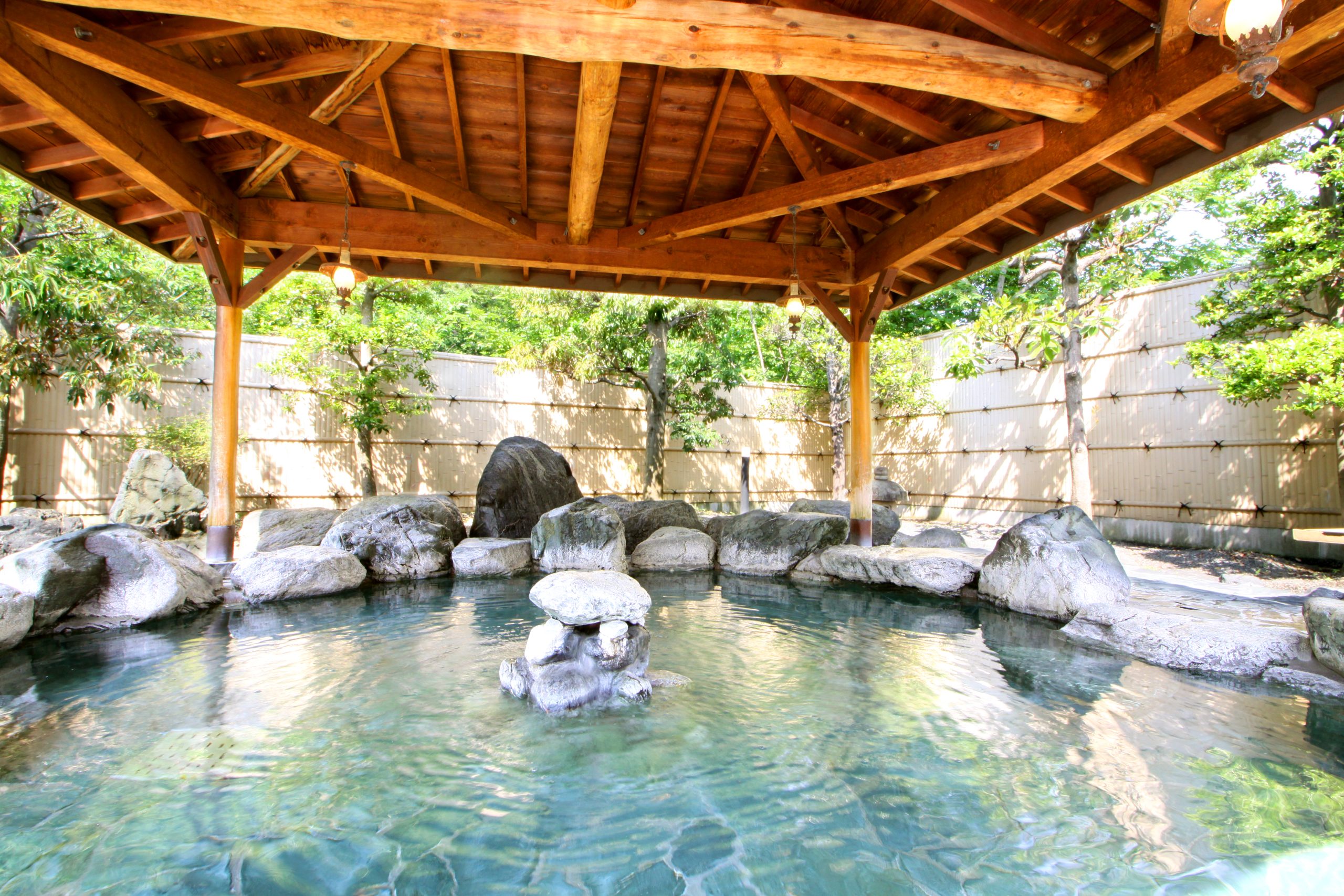
A simple sulfur hot spring. Chichibu Yumoto is a day trip hot spring with the Bukō Onsen as its source, and is effective for a range of chronic diseases such as nerve pain, sore muscles, joint pain, stiff shoulders, and poor blood circulation. One can fully enjoy nature in the liberating open-air bath with the hinoki (wooden) bath, which gives the gentle feeling of trees, and the rock bath, which provides a simple natural atmosphere. Nearby there are also Bukō Auto Campsite (Phone Number: 0494-23-8229) and lodging facility Bukō Onsen Bekkan (annex) (For reservations: 0494-24-4141).
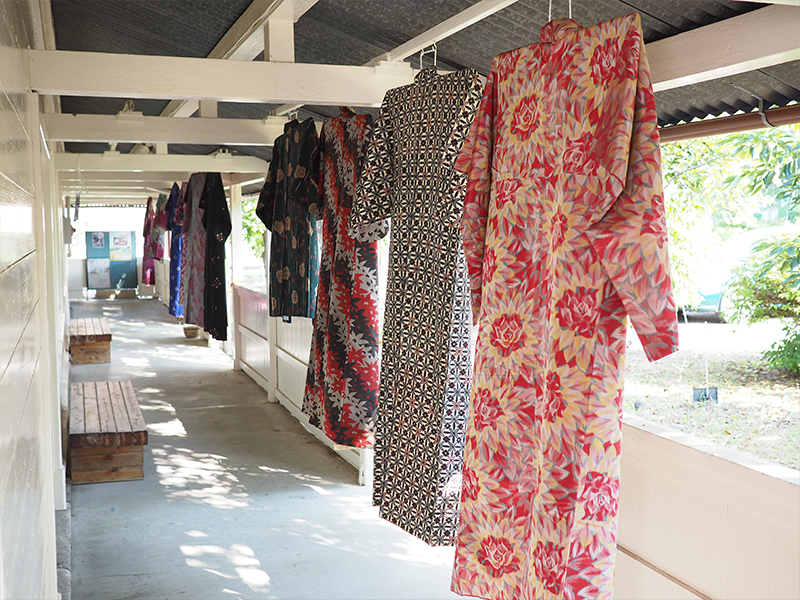
The building was built in 1930 and was registered as a Tangible Cultural Property in 2001. At the Chichibu-Meisen museum, you can learn about the history of Chichibu-Meisen, view the exhibits, and try your hand at stencil dyeing and weaving. All the equipment displayed in the museum is still in use, and if you are lucky, you can even see it in action.
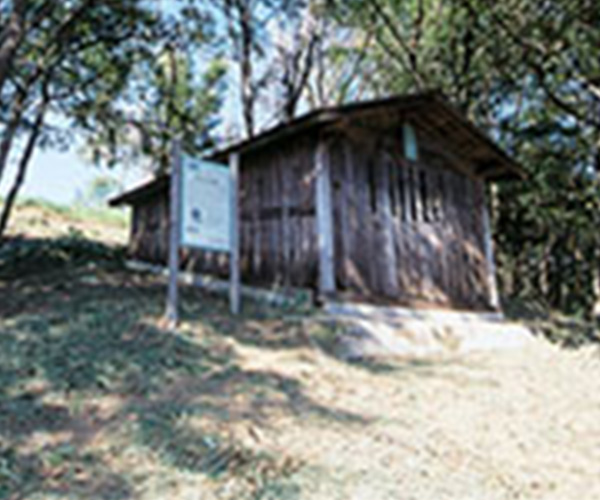
Said to be one of the oldest artifacts in Saitama Prefecture, the ruins of this kiln date back to the 7th century. It has been designated a historical spot of Saitama Prefecture. It was once thought to be a tile kiln created for the establishment of Musashi Kokubunji Temple, however after careful inspection of an excavated tile, it was discovered that the kiln was created for the establishment of Saguro Temple in Sakado.
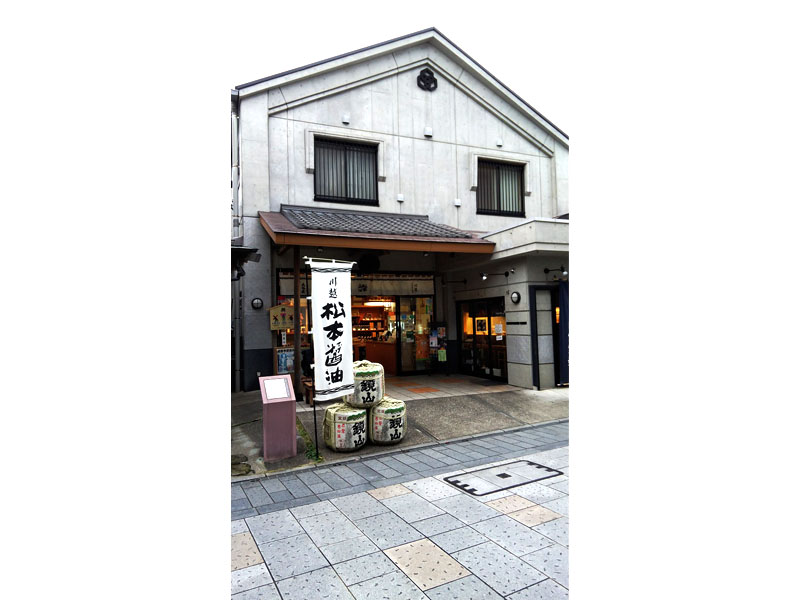
Matsumoto Soy Sauce Factory has been making soy sauce in Kawagoe for around 250 years. The brewery, established in 1764, still carries out production with traditional methods using 40 cedar vats that have been in use since the Edo period. At a tour of this soy sauce brewery, designated an important part of Kawagoe's city landscape, you can experience firsthand the tradition of soy sauce production.
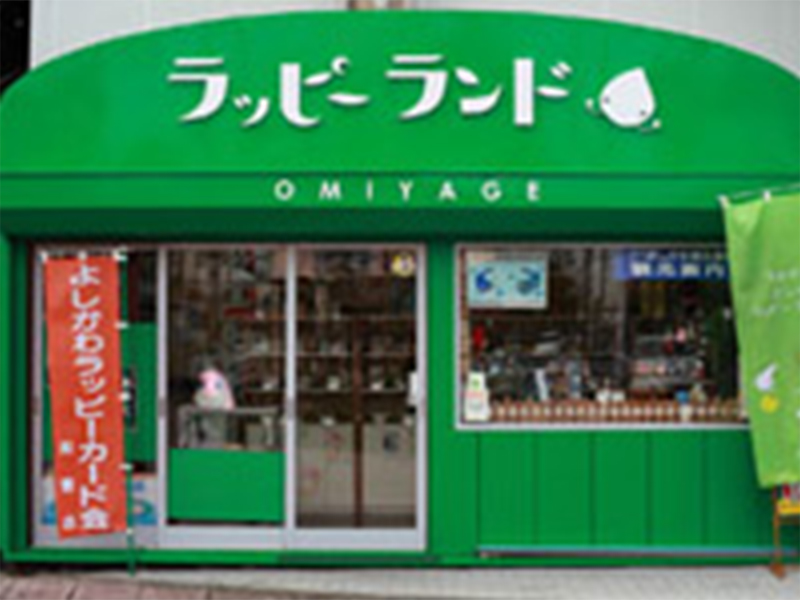
Located at the Yoshikawa Station North Exit on the JR Musashino Line, Rappi-Land offers many goods and souvenirs pertaining to Yoshikawa City, the home of the catfish. There is a wide variety of Japanese sweets such as manjyu, dorayaki, monaka, senbei, and even locally produced cola. You will even be greeted by a real catfish! The shop also serves as a tourist information center, so please stop by when you come to Yoshikawa.
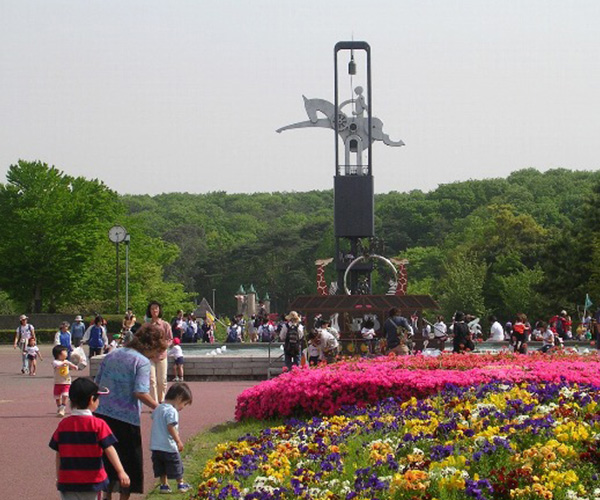
Sprawling out over the Hiki Hills, this 46-hectare site is home to popular animals such as giraffes, red pandas, and koalas, as well as an ecological park dedicated to Humboldt penguins, Penguin Hills. Also adjacent to the park are a walking trail and cross-country course. The zoo is the only place in Japan where visitors can see the small rodent, gundi, at the "Eco Houchoo" (Eco-friendly mouse house), the rabbit-like yellow-spotted rock hyrax, the world's smallest deer, pudu, and the quokka, which joined the zoo to commemorate its 40th anniversary. The Capybara Hot Springs, a winter tradition, is also very popular.
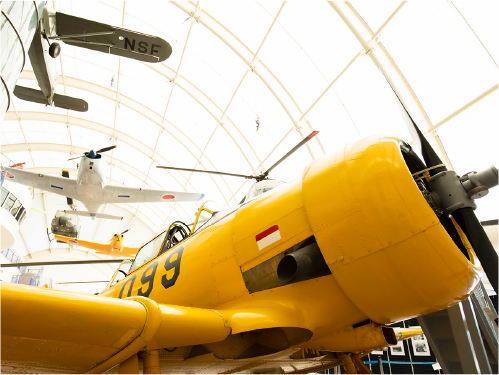
At this memorial museum, materials related to the history of aviation are displayed alongside actual airplanes. Visitors can learn about the principles of flight and aviation history from a variety of angles through flight simulators and helicopter piloting simulators! The many airplanes and helicopters displayed throughout the museum are a must-see. A special place to experience the wide-open skies and the history of flight in Tokorozawa. Aircraft craft workshops for families are also held regularly.
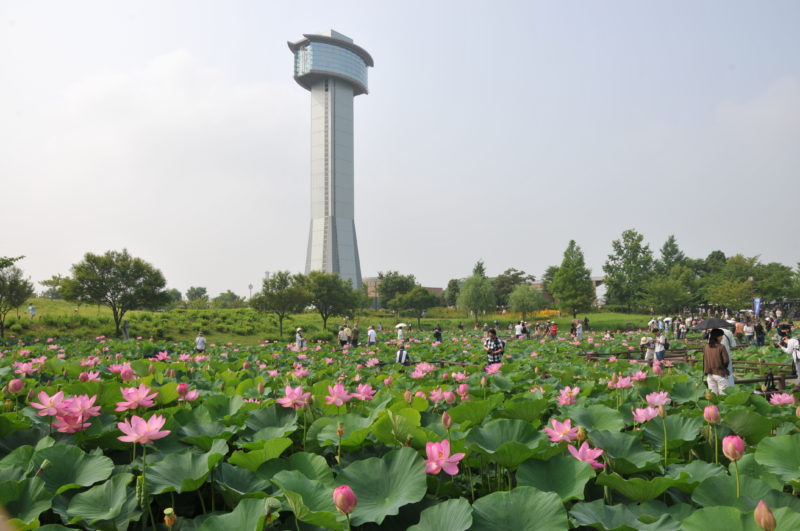
From mid-June to early August, 12,000 stocks of 42 different types of lotus flowers bloom on the surface of this lotus pond. The Gyōda lotus (ancient lotus) is a primitive form with few petals; it is said this variety of lotus is from about 1,400 to 3,000 years ago. Lotus flowers are best viewed midmorning. There are aquatic plant botanical gardens, aquatic bird lakes, peony gardens, plum tree groves, and a spot for flower viewing (hanami) cherry blossom trees, making it a place to go to feel the beauty of nature all year round. In addition, from mid-July to mid-October, rice paddy art is at its prime and can be viewed from the Ancient Lotus Hall’s Observation Room. The rice paddy art of Gyōda City started in 2008, with annual rice transplanting taking place with the help of several volunteers and participants. Not only are the designs original, but some have been featured in movies, TV shows, games. In 2015 it was recorded in the Guinness World Records as “the world’s largest (rice paddy art).”
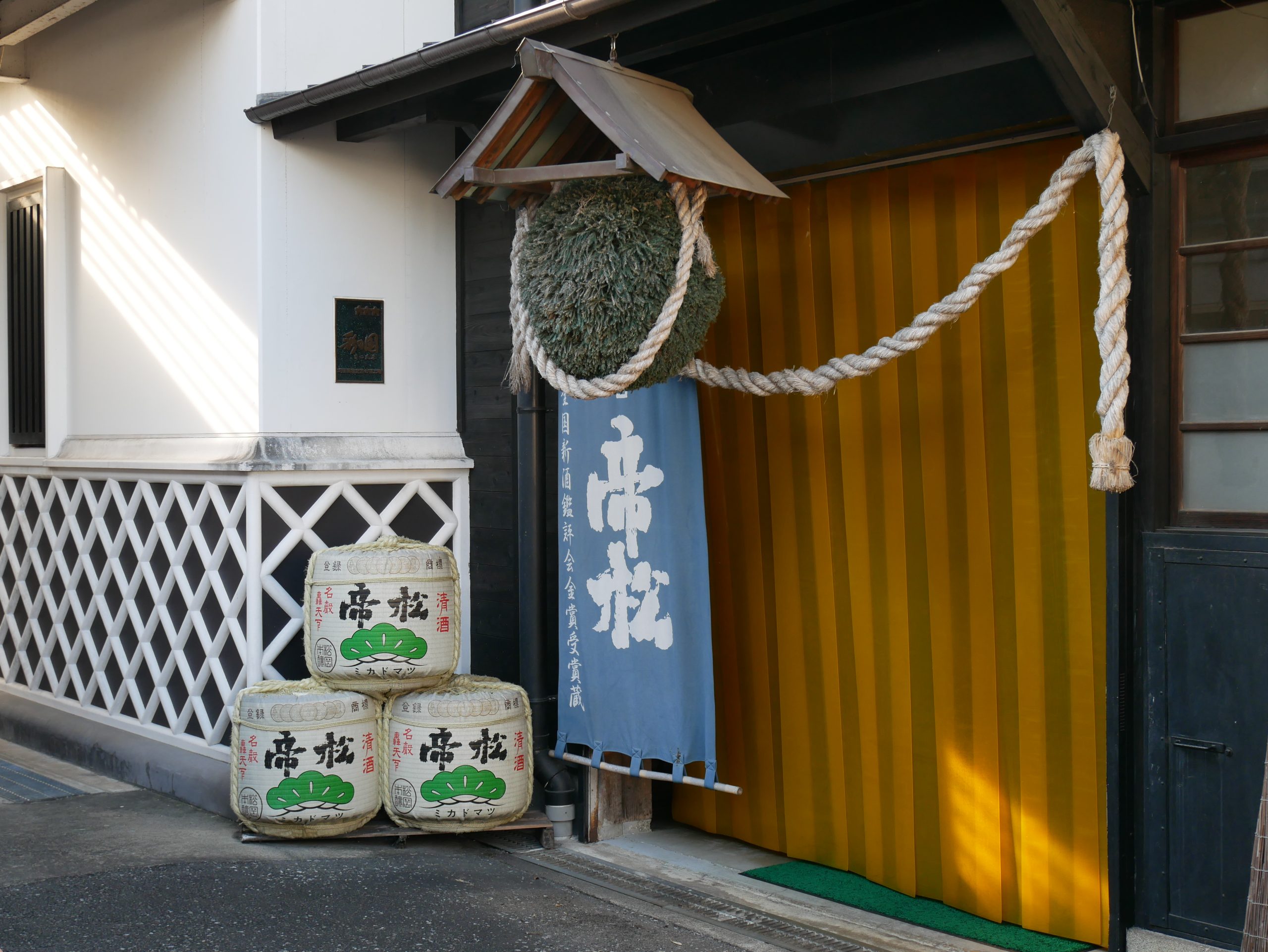
A brewery which holds a prefectural record for winning the gold medal at the Annual Japan Sake Awards for 8 consecutive years. Matsuoka Brewery originated when first generation brewer Matsuoka Emon, in search of higher quality water, moved his brewery from Niigata to Ogawamachi. The brewing water sourced from the Chichibu mountains has a higher concentration of minerals, pumped from a source 130 meters underground. At our brewery tour (reservation required), visitors can view the brewing warehouse, learn about the sake brewing process and enjoy a sake tasting. The Daiginjo (super premium sake) ice cream available at the brewery direct sales shop is a hit with children and adults alike. There is also a brewery restaurant, “Shofuan,” adjacent to the facility.
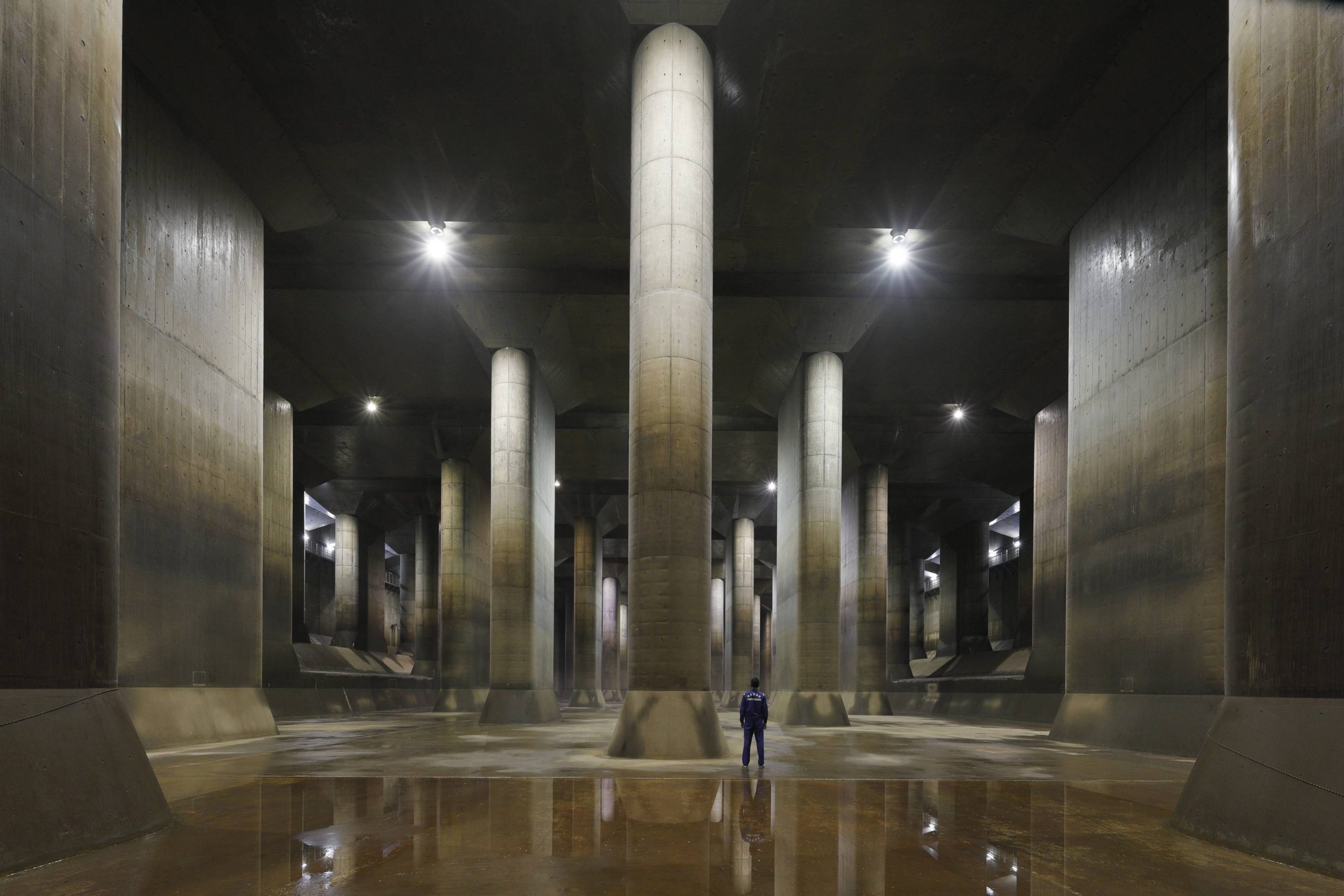
To help visitors learn more about the role of the regional flood control facility, “Metropolitan Area Outer Underground Discharge Channel,” we have increased the appeal of our tours and begun the second installment of this ongoing social experiment. In addition to the wildly popular tour of the surge tank, known as the "underground shrine," we have added secret passages, pump rooms, and sections of the gas turbine which will be opened to the public in 4 different courses. We encourage you to experience the grandeur of the “Metropolitan Outer Area Underground Discharge Channel.” Please check the URL below for details regarding tours and facilities. Notes on the reservation site: You can switch to English by clicking on the mark next to the earth symbol in the top right corner of a header section
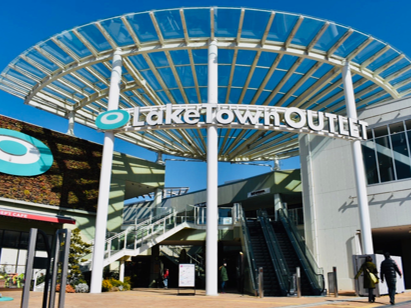
AEON Lake Town is one of the largest shopping malls in Japan, with over 700 specialty shops and Aeon Style grocery store located in three buildings: kaze, mori and outlet.

The Tokaen garden was originally located on the grounds of Renge-in, a Buddhist temple of Shingon sect. After the temple was abandoned in 1864 by its head priest, Kozo Fujioka, it was transferred to its current owner. According to legend, the wisteria here were personally planted by Kobo Daishi* nearly 1,200 years ago. *Also known as Kukai, Kobo Daishi was the monk who founded the Shingon school of Buddhism.

Come visit a key piece of shrine history in Japan! The city name Omiya, is actually derived from the presence of this very old and famous shrine, it’s full name being Musashi Ichinomiya Hikawa Jinja. This is one of the oldest and most significant shrines in the Kanto region, with an impressive history of over 2,000 years! That even tops the most popular shrines in Kyoto! Very popular for the locals during seasonal events, this shrine is a central part of Omiya’s history and culture. While the bustling festival atmosphere during the new year or summer seasons is a thrill, the quiet serenity of low-traffic seasons and weekdays makes for a more mystical experience. Be sure to pick up a good luck charm for a souvenir from one the most historic shrines around.

The main hall (Kannon-do), built in 1697, has been designated as a tangible cultural property of Saitama Prefecture. The carvings on the front balustrade, 'Jigoku no zu' and 'Gokuraku no zu', are magnificent. The main hall enshrines the deity Otasuke Kannon, who is said to help people out of their troubles and suffering. The Great Ceremony held every year on 24 August in the Shishoku Shokudo to the right of the main hall is also famous. It is a very lively gathering of monks from Chichibu, regardless of denomination. This event is famous as one of the three major offerings in the Kanto region, along with the Gyokusoin no Daisegaki in Saitama City and the Dojo Shigaki in Eifukuji in Sugito-cho, Kitakatsushika-gun.

Fukaya Green Park was opened in Fukaya City in July of 1996 as a government-subsidized project of the Ministry of Agriculture aiming to promote agriculture and stabilize and strengthen management, while also contributing to citizens’ health and physical fitness. The park covers an area of 54,000sq m, around the size of Tokyo Dome. It consists of an indoor facility, Paradise Patio (known as “Patio”), and many large and small plazas, such as grass lawn plazas. Patio (area 7,769sq m) is designed after south European and Mediterranean coastal resorts, and features the largest all-weather indoor leisure pool in the north Kanto area. The park’s large flowerbeds (1,157 sq m) filled with flowers are another highlight.
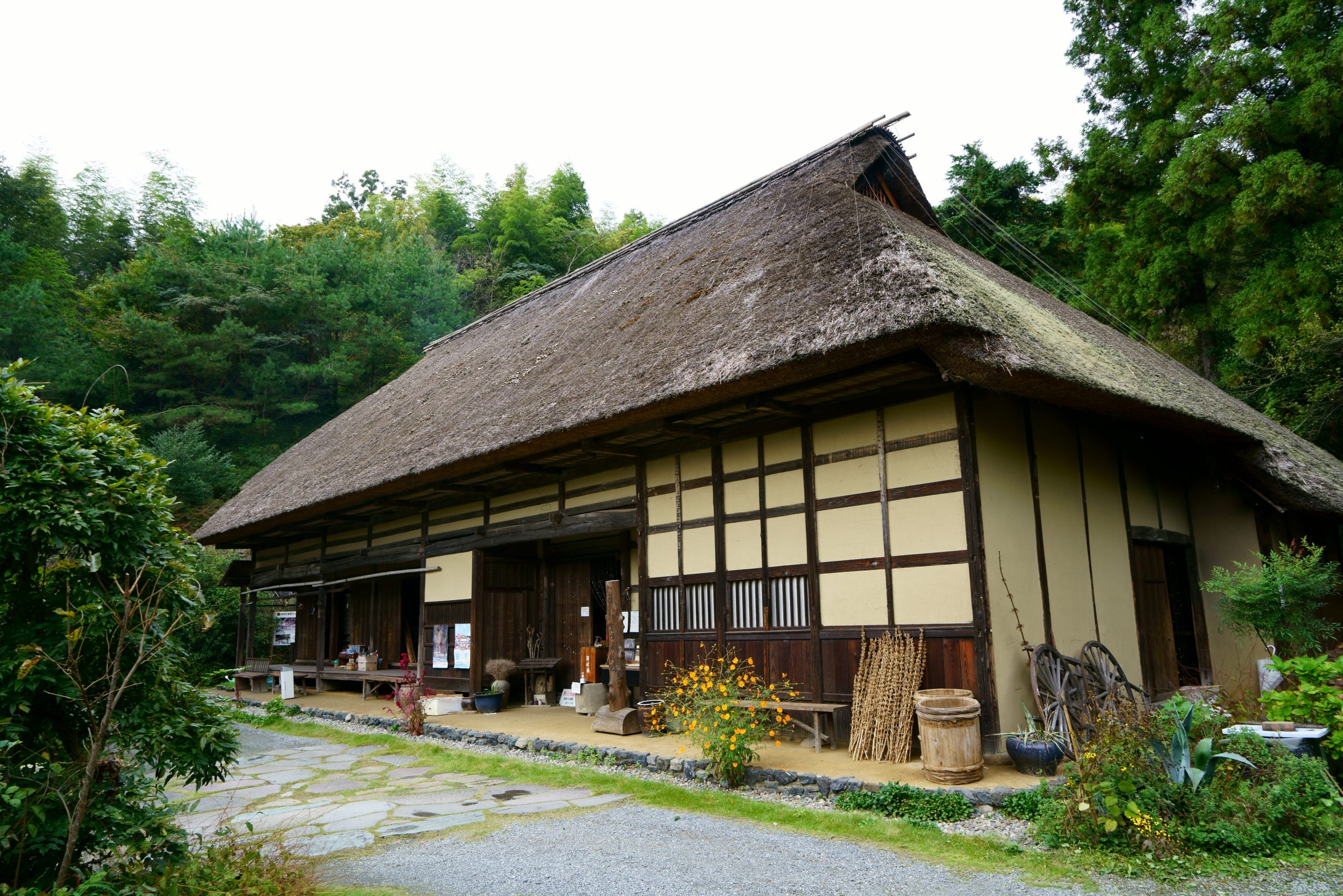
Constructed in 1721 and the largest private residence in the prefecture, this residence features a hip-and-gable thatched roof demonstrating the age of the building, and has been designated a National Important Cultural Property. The building measures 21.8 meters in length and 10.5 meters between beams. Visitors can sit around the sunken hearth (irori) and enjoy old-fashioned udon (wheat noodles), dango (rice dumplings) and other foods.
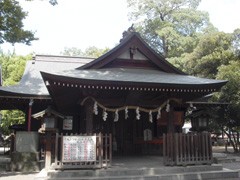
A shrine dedicated to the mythological god of agriculture, Takamimusubi. The shrine was destroyed by fire in 1590, and rebuilt by the lord of Oshi Castle, Abe Masayoshi. Annual festivals are held, such as Setsubun (seasonal division) on February 3rd, Tainai Kuguri (passing through the womb) on June 30th, and Tori no Ichi (Festival of the Rooster) on December 8th.
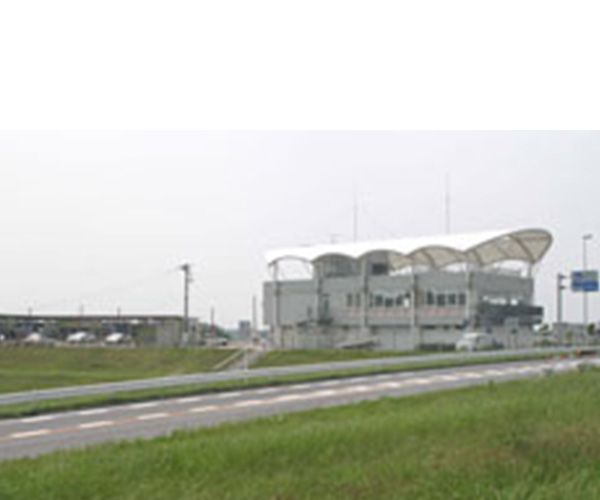
A roadside station with a full view of Watarase-yusuichi (a vast wetland and vibrant wildlife habitat). There is a facility selling products such as Koshihikari brand rice, grown on the fertile land of Kitakawabe area, and fresh local vegetables such as the Momotarō tomato. The richly flavored handmade soba available at the farm restaurant is also very popular, with many repeat customers. This new attraction is very unique to Japan as it straddles three prefectures, resulting in the roadside station being responsible for its overall promotion.
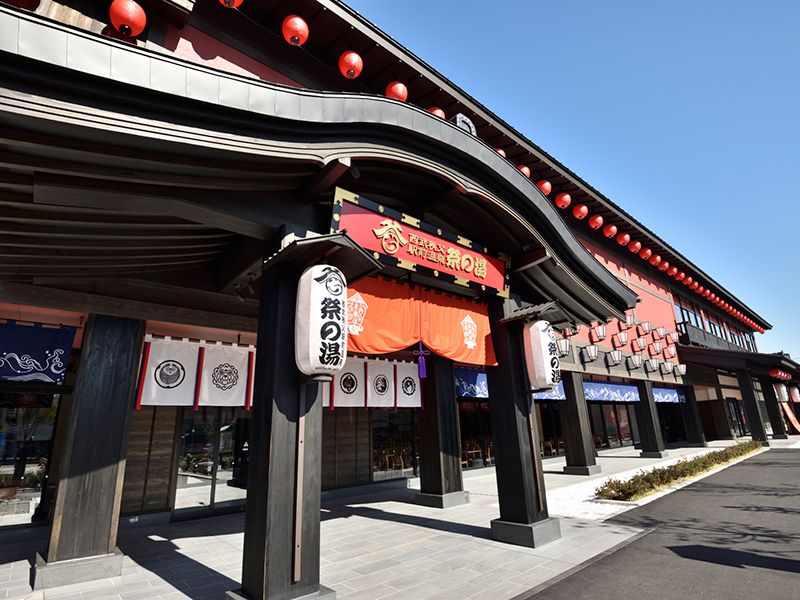
“Seibu Chichibu Ekimae Onsen Matsuri no Yu,” is a large combination hot spring facility based on Chichibu’s specialty, “Festivals.” The facility contains Matsuri no Yu, with four types of open-air baths, a highly concentrated artificial carbonated hot spring and six indoor baths (five for men) to enjoy. Additionally in this area, which takes pride in its rich variety of hot springs, there is a Japanese style food court and an area selling local products perfect as souvenirs, making this facility packed full of Chichibu’s local charm.
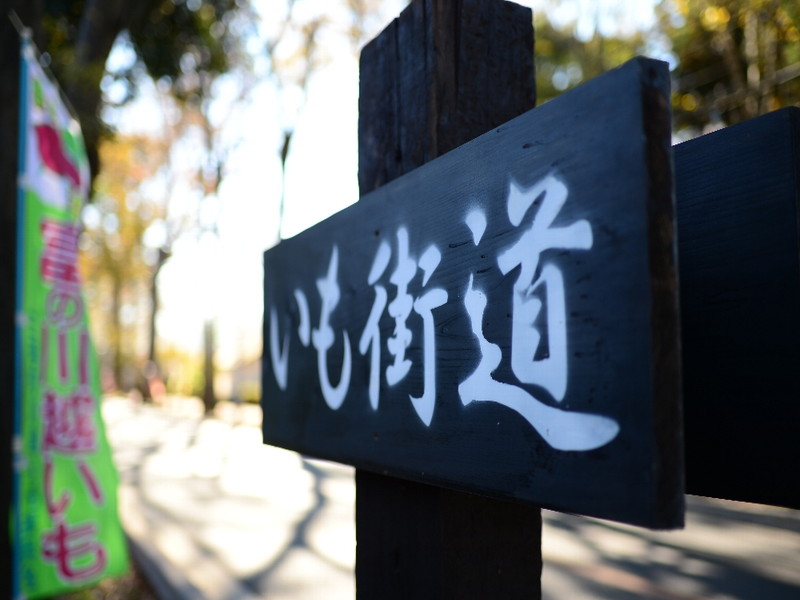
This road is lined with farm houses responsible for producing Miyoshi-machi’s specialty sweet potato “Fuji no Kawagoe Imo." When in season in September through January, the farmers raising their banners in unison to signify that many sweet potato varieties are now available for purchase is a sight unique to this area. There are also farmers selling ice cream, yōkan (gelled red bean wagashi) and shōchū made from Fuji no Kawagoe Imo. The large Japanese elm trees on either side of the road are another popular attraction.
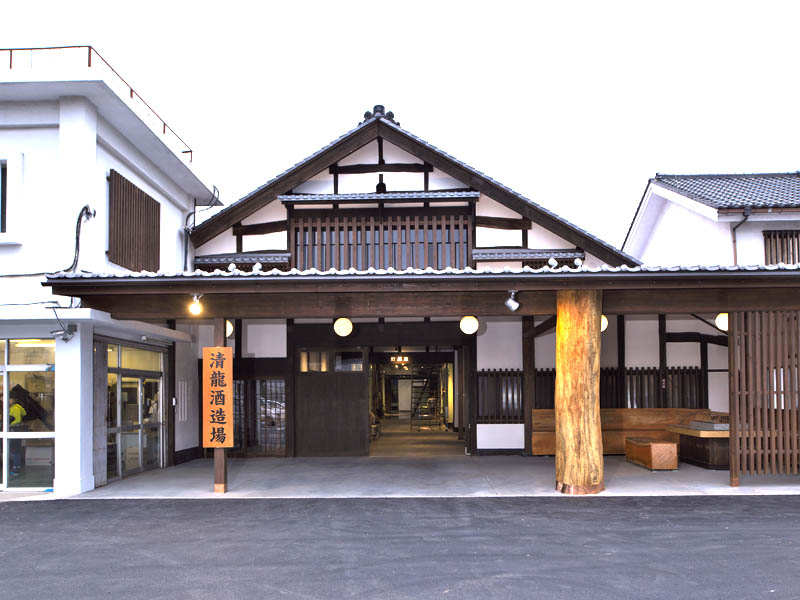
Seiryu Brewery is famous for being both the biggest producer in the Kanto region and for offering superb taste and top quality. Beginning with their concept of "showing the face of the brewer to inspire trust in the customer," they were the first in the local industry to sell sake at the brewery directly to the customer.

Located only a 5-minute walk from Yoshikawaminami Station on the JR Musashino Line, this is the largest park in Yoshikawa City. From Miharashi Hill, you can see the adjacent pond and multipurpose plaza. There is also a playground with a variety of equipment which can be enjoyed by both children and adults.
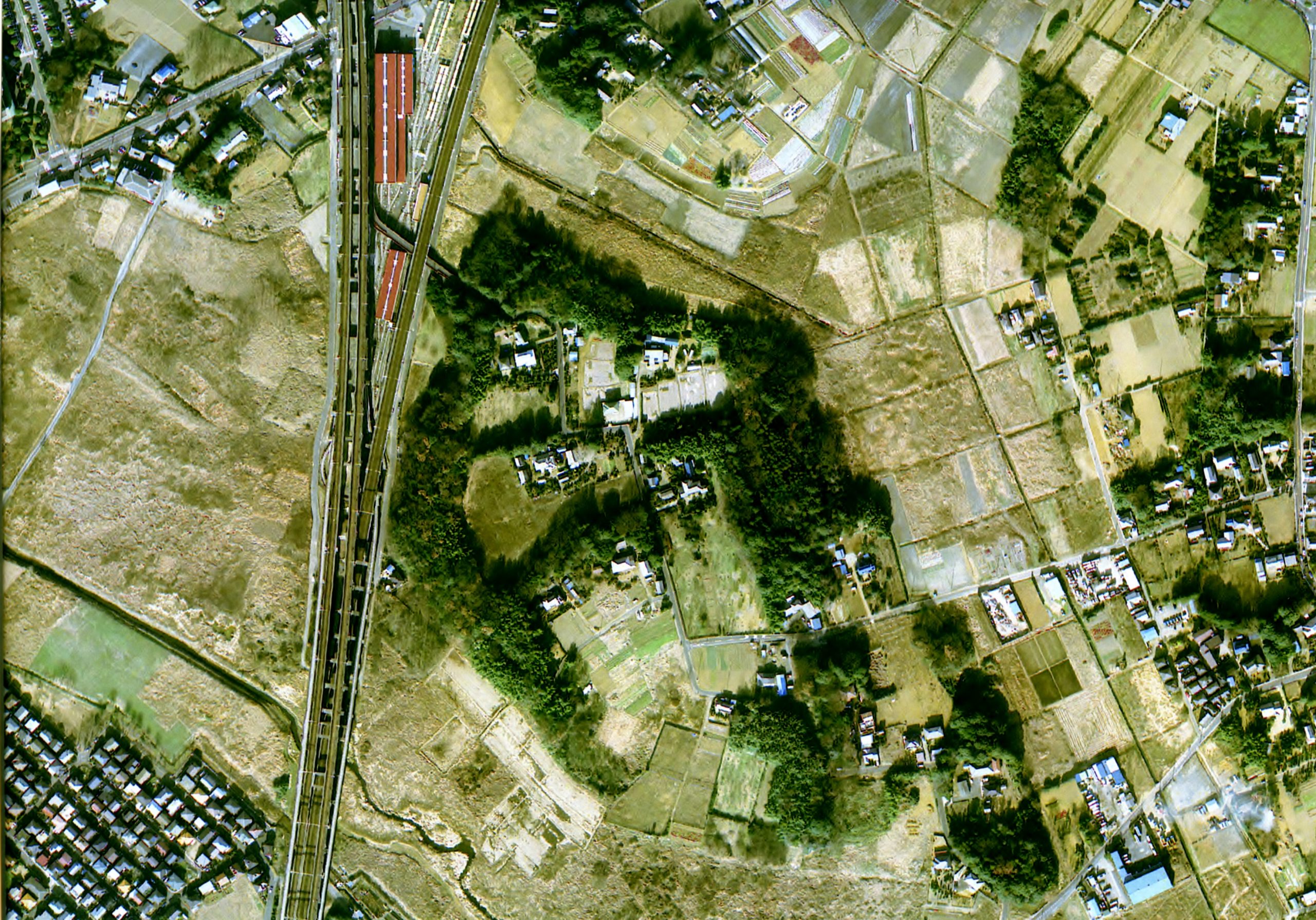
Ina town has a rich history still visible in the seemingly ordinary townscape of today, telling the tales of many hundred years ago. This is the site of the encampment used by the prominent leader Tadatsugu Ina, who served under the Tokugawa shogunate during the Edo period. Tadatsugu improved irrigation channels and developed rice fields, laying the foundation for the legendary Tokugawa rule that lasted 260 years. To this day, earthworks, moats, and streets remind us of the past through their names that relate to ruins of old gates, encampments, storehouses, and other historical structures. Excavations are still under process, and new finds, such as unique earth constructions made to hinder enemy troops, are being discovered, further revealing the exciting history of Ina town.
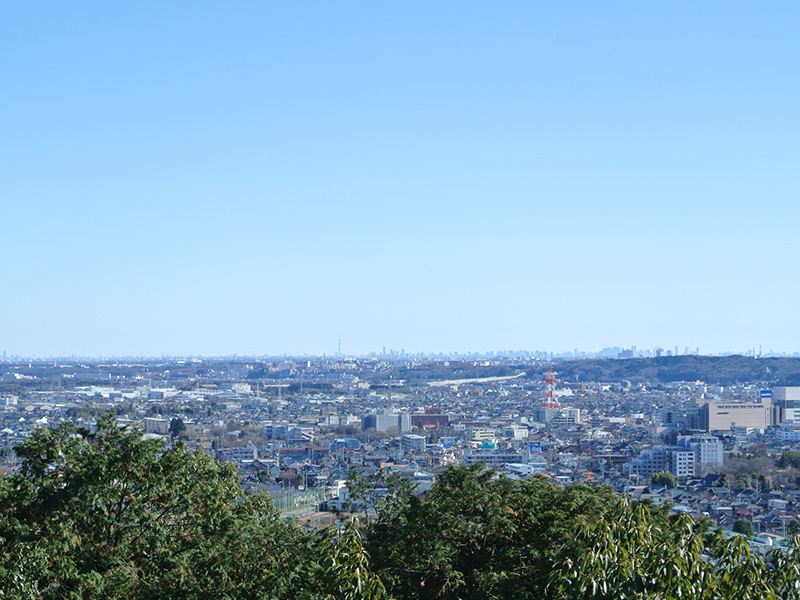
Given its name after Emperor Meiji climbed to the summit, Mt. Tenran (imperial inspection) is the first scenic spot designated by the prefecture. Despite its low elevation, Hanno City can be seen below. The cherry blossoms in spring, azaleas, and autumn leaves make this mountain a beautiful starting point to the Okumusashi Long Trail.
This site uses cookies to improve the user experience. If you continue to browse, you consent to the use of cookies on this site. Accept
